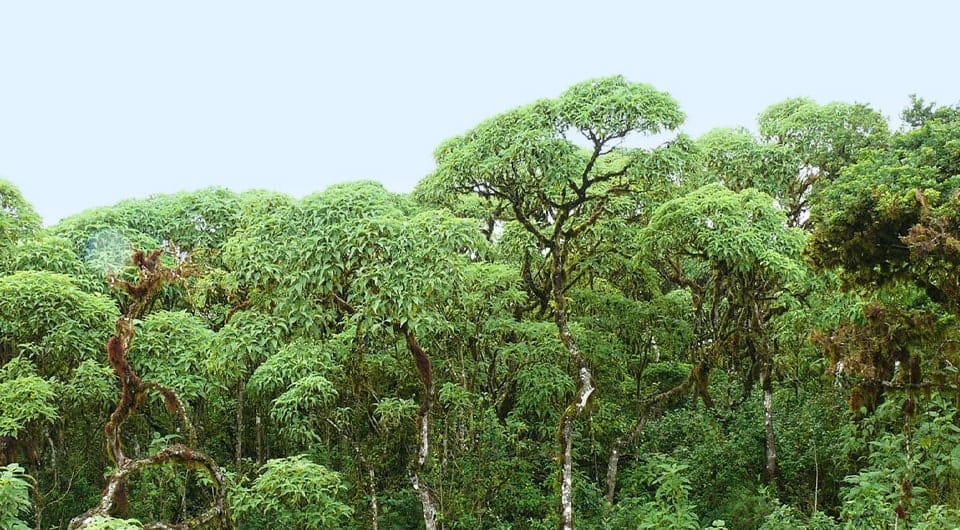- Home >
- Travel Guide >
- Galapagos Islands >
- Humid Zone
Humid Zones in the Galapagos: Facts
The term humid ‘zone’ is often used to encompass the three distinct broad vegetation types that occur in the higher parts of the larger islands. These are the Scalezia, Miconia and Pampa zones; a brief description of each follows.
THE SCALEZIA ZONE
On the larger, higher islands the transition zone gives way to a moist, lush cloud-forest-type vegetation which consists of dense shrubs dominated by Scalezia trees.
These trees, which are endemic to Galapagos can reach a height of almost 20 meters (60 feet) and are festooned with mosses, liverworts, ferns, bromeliads and orchids. The Scalezia zone supports many species of land birds and provides breeding sites for the Dark-rumped Petrel.
THE MICONIA ZONE
The very wet, high altitude Miconia zone is found only on the southern slopes of Santa Cruz Island and San Cristobal Island. It is treeless and occurs above the Scalezia zone, being characterized by dense stands of the endemic Miconia shrub, which grows to about two meters (6 feet). Many species of grasses, liverworts and ferns are present in this zone which, due to its wetness, supports only a few species of land birds.
THE PAMPA ZONE
The Pampa zone is the highest and wettest vegetation zone in Galapagos, usually occurring above 500 meters. Dominated by grasses, sedges and ferns, including the Galapagos Tree Fern that can grow to about three meters (9 feet), the prevailing damp conditions mean that few species of birds, other than the ground-dwelling rails, are able to thrive.

